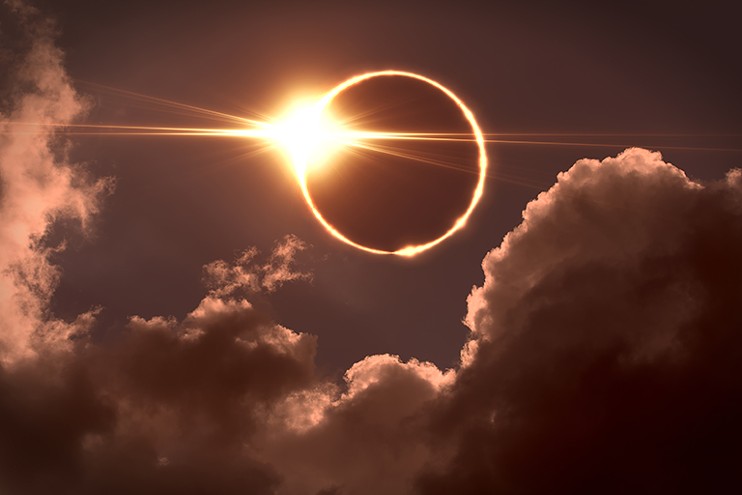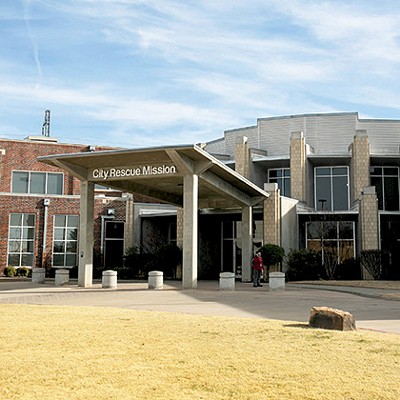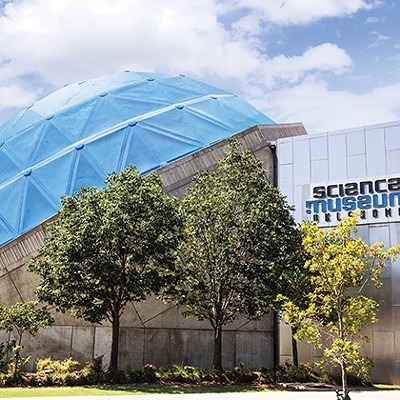Anticipation is riding high as Saturday’s annular solar eclipse approaches, with millions across North America looking forward to the second to last such event for the next two decades in our part of the world.
Ideal viewing conditions are forecast by the National Weather Service for the duration of the eclipse, with clear and sunny skies and temperatures near 60 degrees predicted for the event. The eclipse will begin just before 10:20 a.m., end slightly after 1:20 p.m., and peak for just under five minutes beginning at 11:46 a.m.
Often much is made of the apparent coincidentally similar perceived sizes of our sun and moon. But this misconception breaks down when those such as Saturday’s eclipse are considered.
Though our moon will in fact pass before the sun on Oct. 14, variations in its orbital distance from Earth will place it just far enough away that it will not cover the sun’s face entirely.
Known as an annular eclipse, Saturday’s event will effectively create a “ring of fire” surrounding the moon for over four minutes as it obscures most of the sun, leaving a blazing visible outer band.
While Oklahoma is not included in this particular eclipse’s path of totality, that path is not far from Oklahoma. We may expect up to 80 percent coverage of the sun at the eclipse’s peak.
As an astronomy enthusiast for as long as my memory extends, I especially await celestial happenings such as Saturday’s which occur at kid-friendly times of day. Not only will the eclipse happen on a weekend when children are out of school, but will give our tiniest humans the opportunity to observe an astonishing astronomical alignment when most noteworthy celestial events take place in a dark sky well after most kids’ bedtimes.
Our sun, though relatively undistinguished in the pantheon of stars spread throughout our galaxy, remains — from our perspective — a remarkably powerful astronomical object, converting nearly five million tons of its mass into energy every second through a nuclear fusion process hundreds of thousands of times more dynamic than any thermonuclear bomb ever created.
It drives life and weather across the globe from a distance of 93 million miles. Across billions of miles, its mass holds the entirety of the solar system together.
Our sun is no joke, and healthy respect for its radiation holds us in good stead. Eye protection while viewing all eclipses is essential to avoid damage to our optic nerves, and sunglasses simply don’t provide enough filtering quality to prevent such damage.
Although pinhole projectors offer a safe manner of viewing eclipses, human nature seems to drive us to view the event directly. Visit Oklahoma City Metropolitan Library System locations to obtain complimentary safe viewing glasses while in supply.
While treating the eyes and mind, common prudence instructs us to protect ourselves while we enjoy such well-understood phenomena. And what a show Oct. 14 will give us, from our comparatively safe refuge nestled within a universe uniquely unsuited to our kind.

















